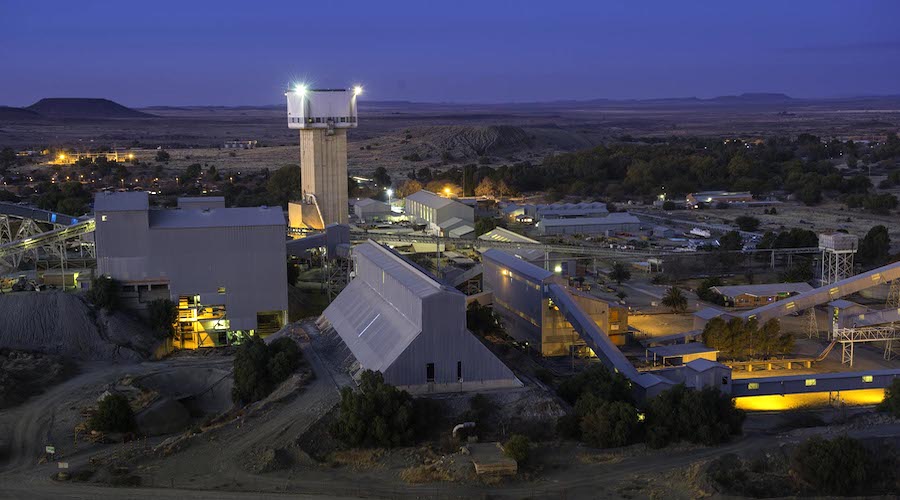
South Africa’s Petra Diamonds (LON:PDL) said on Wednesday it had signed a non-binding deal with an unnamed party for the sale of its loss-making Koffiefontein diamond mine in the home country.
The diamond miner, which did not disclose the terms of the potential sale, has been exploring options to offload Koffiefontein since April 2022. The operation, scheduled to reach the end of its life in 2025, was placed on care and maintenance in November 2022.
Petra said it continued to transition the mine towards closure, with an application expected to be submitted to the Department of Mineral Resources and Energy (DMRE) in February 2024.
The miner noted such application will only be withdrawn when the potential sale is completed. If the parties are unable to reach a definitive agreement, then Petra intends to proceed with decommissioning, rehabilitation and closure of the mine as specified in the plan to be submitted and pending DMRE approval.
“We are mindful of our obligations towards our stakeholders at Koffiefontein when considering a potential sale, which provides an opportunity to extend the economic life of the mine beyond the responsible closure process currently under way,” chief executive Richard Duffy said in the statement.
Burdened by debt and falling revenue, Petra Diamonds put itself up for sale in 2020, but reversed the decision later, opting instead for a debt-for-equity restructuring.
The move allowed the company to cut net debt by two-thirds in the fiscal year ended June 30, 2021 to $228 million, down from just under $693 million the previous year. The diamond producer also resorted to shrink its share in the Williamson mine in Tanzania.
Petra said last week the results of its latest sale and some market signs indicate the decline in diamond prices experienced this year is likely over.
The miner believes actions taken by major producers to curb supply and the two-month Indian moratorium that ends on December 15 have helped. It also mentioned strengthened retail sales in the US as a factor that has improved market conditions and made it easier for inventory levels across the pipeline to rebalance.